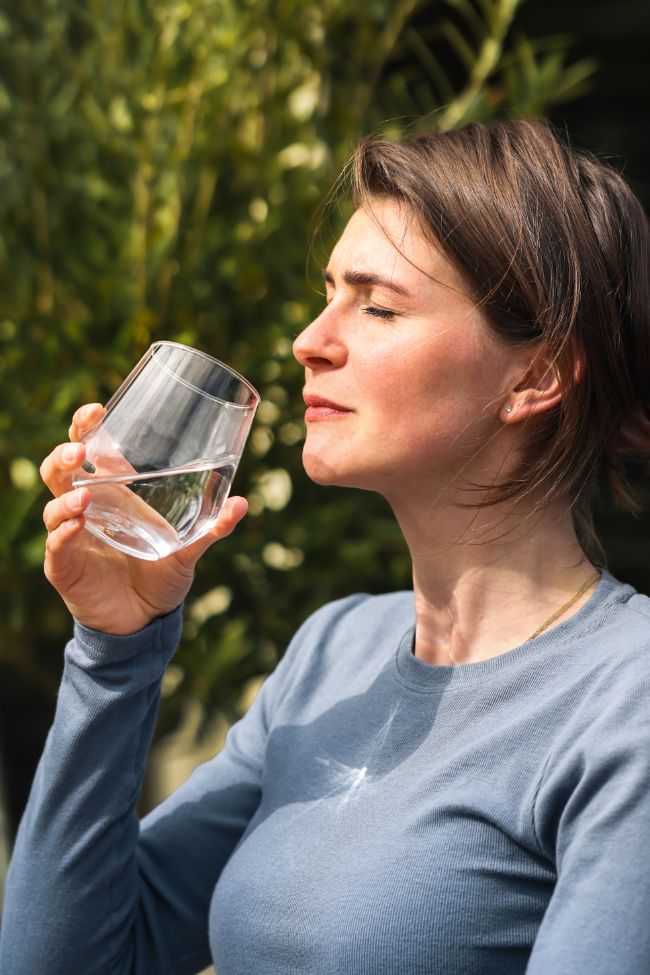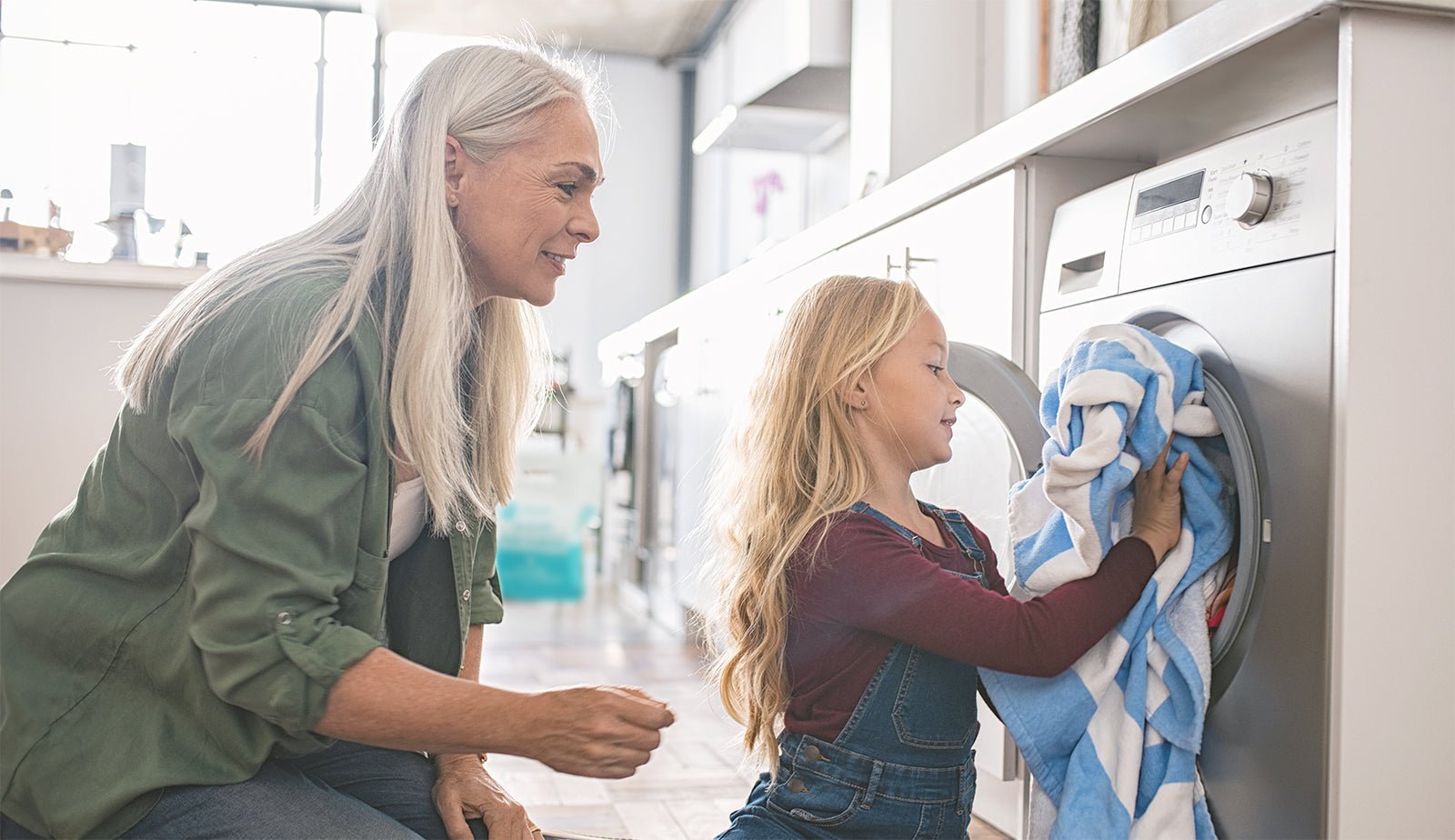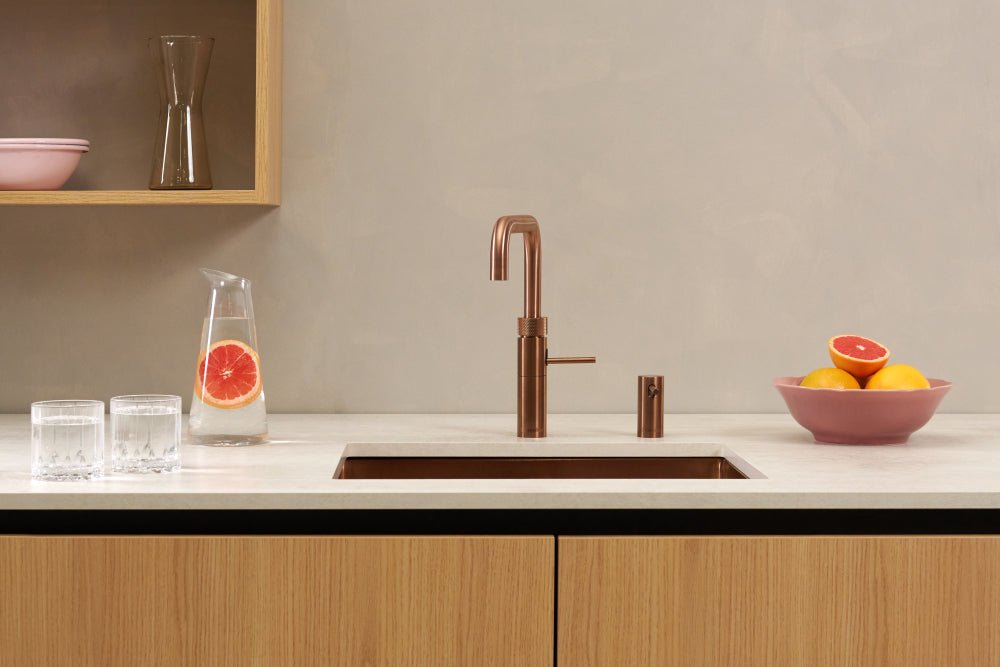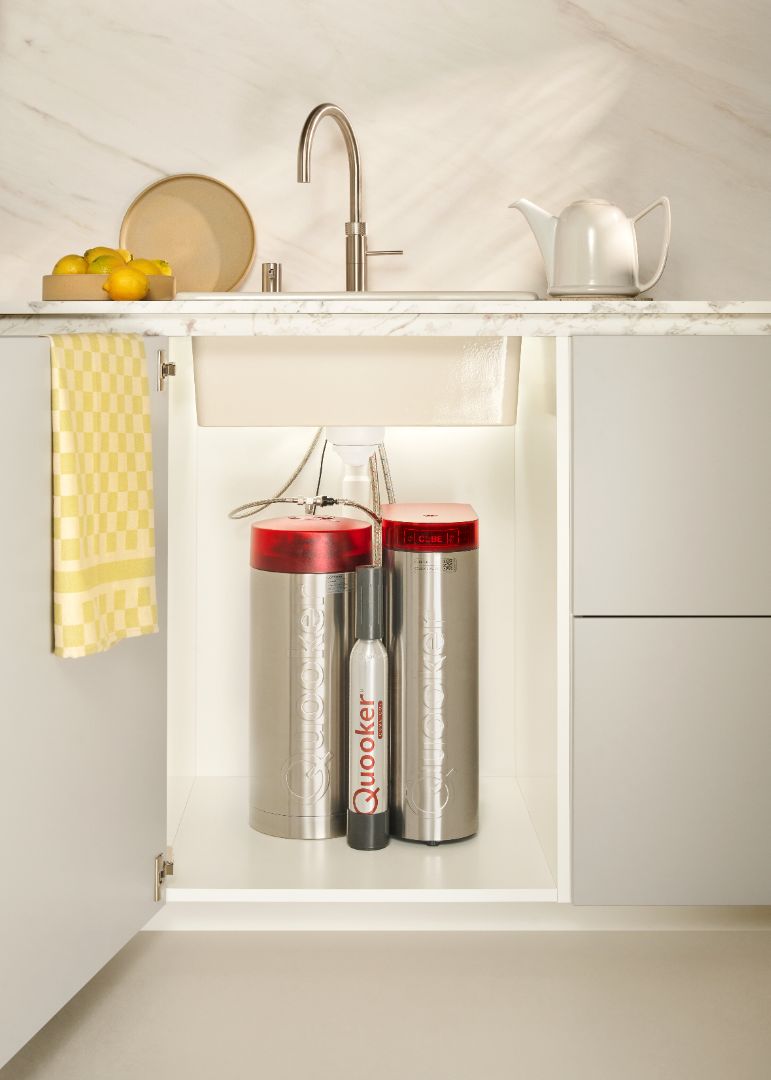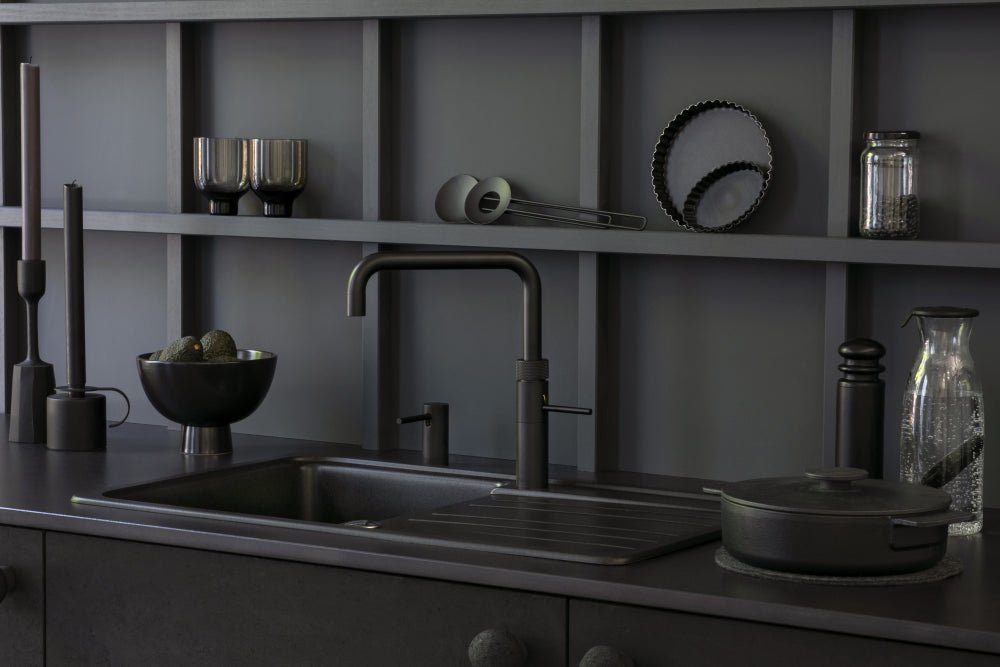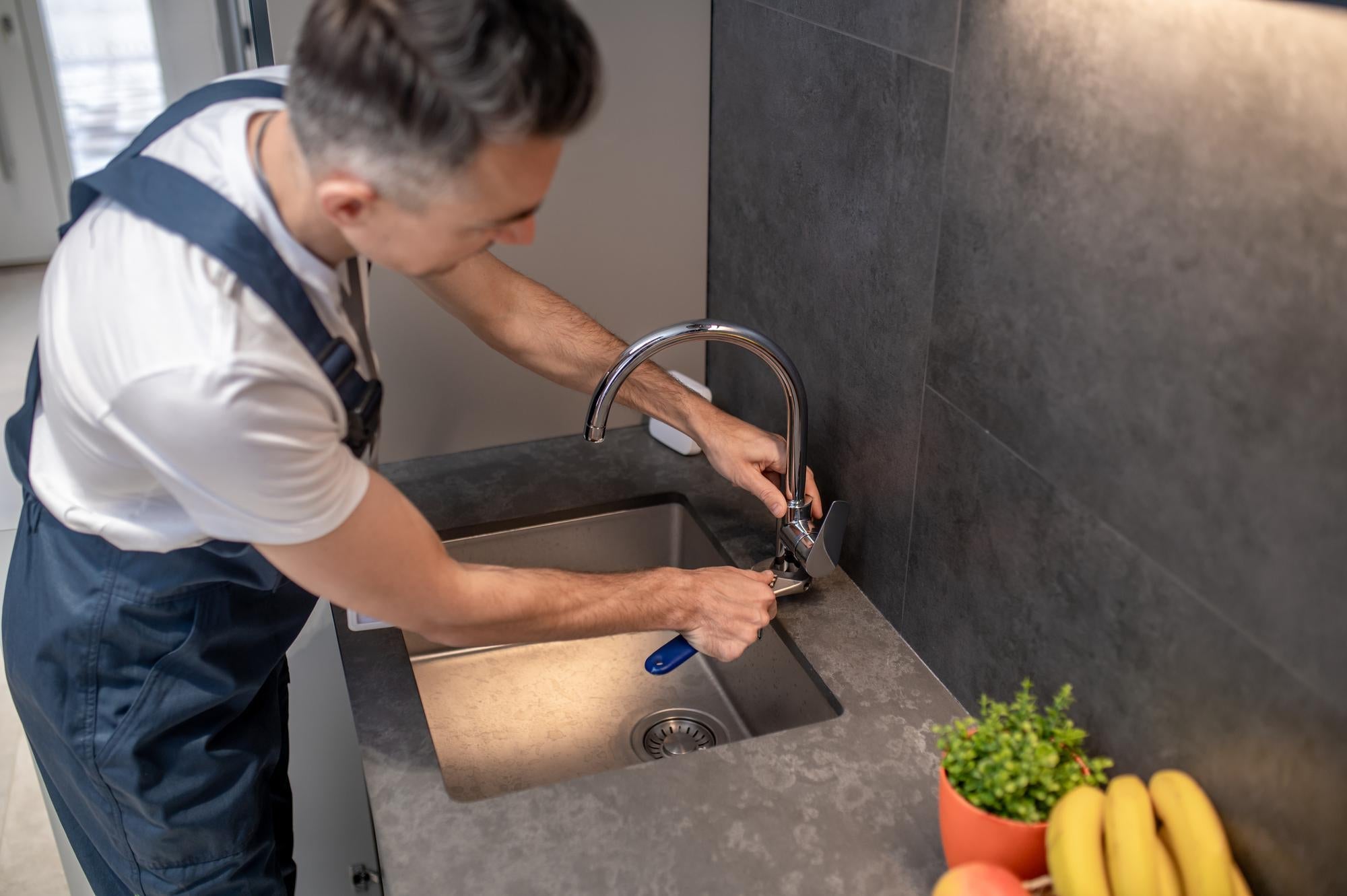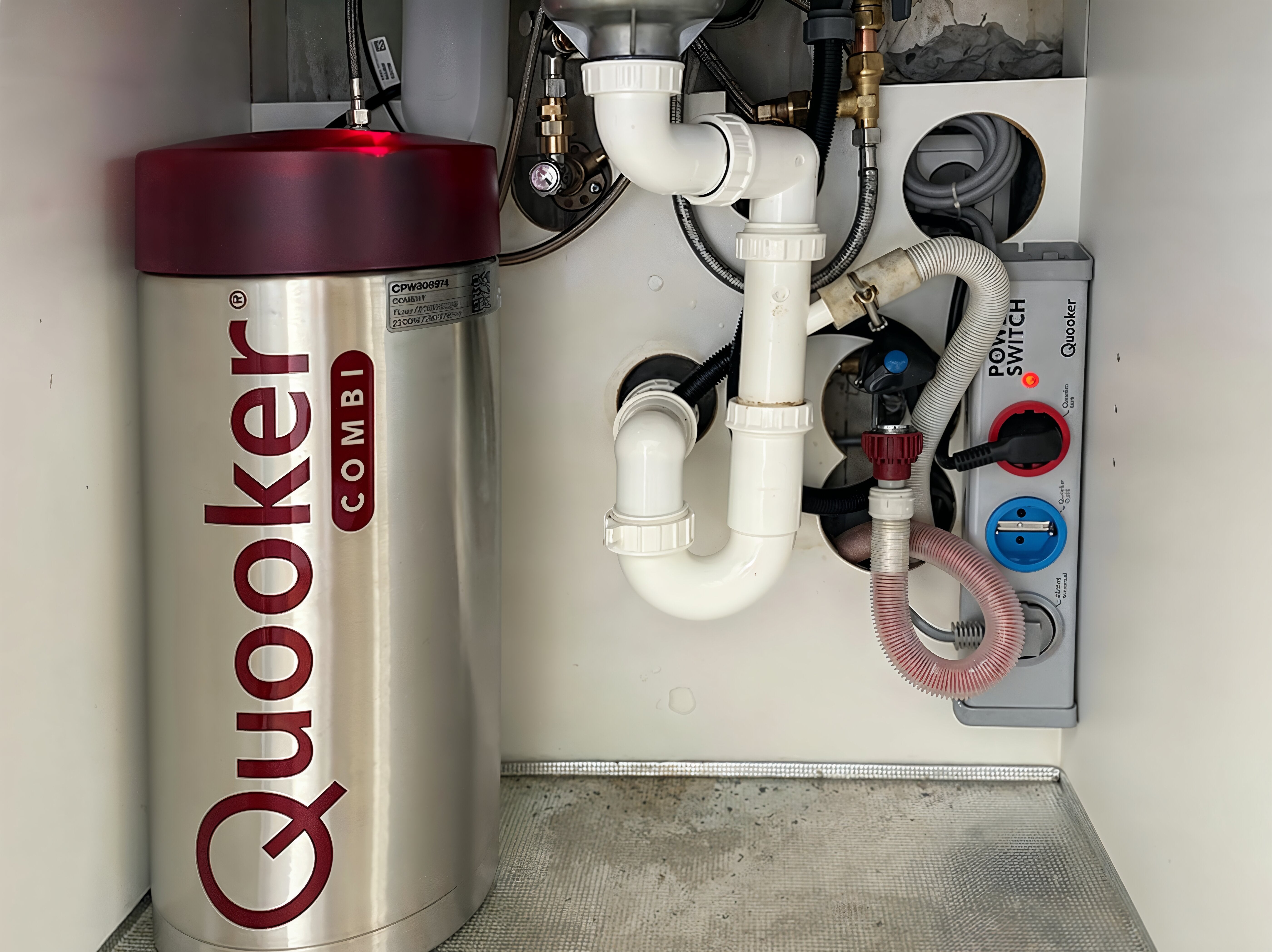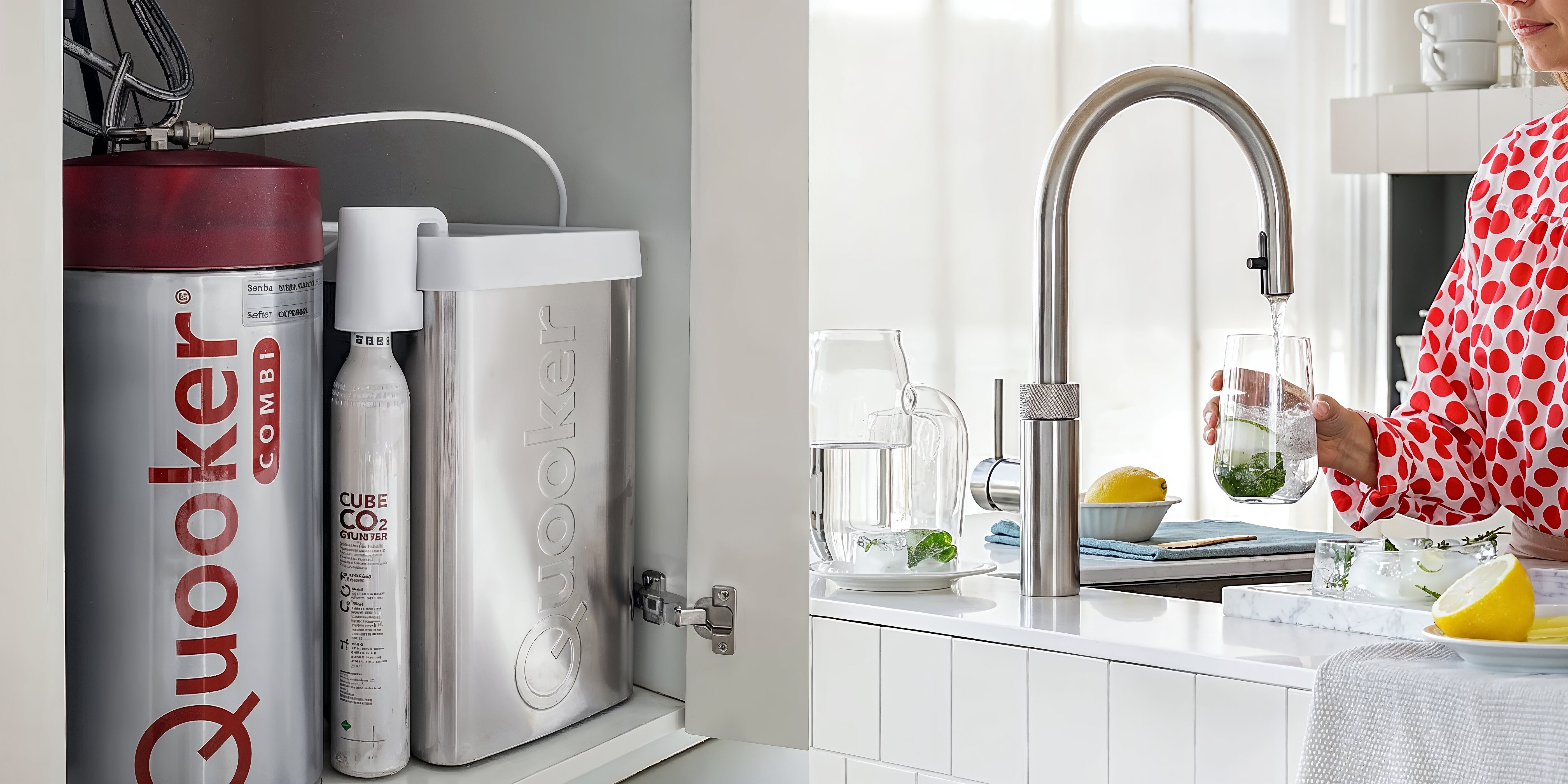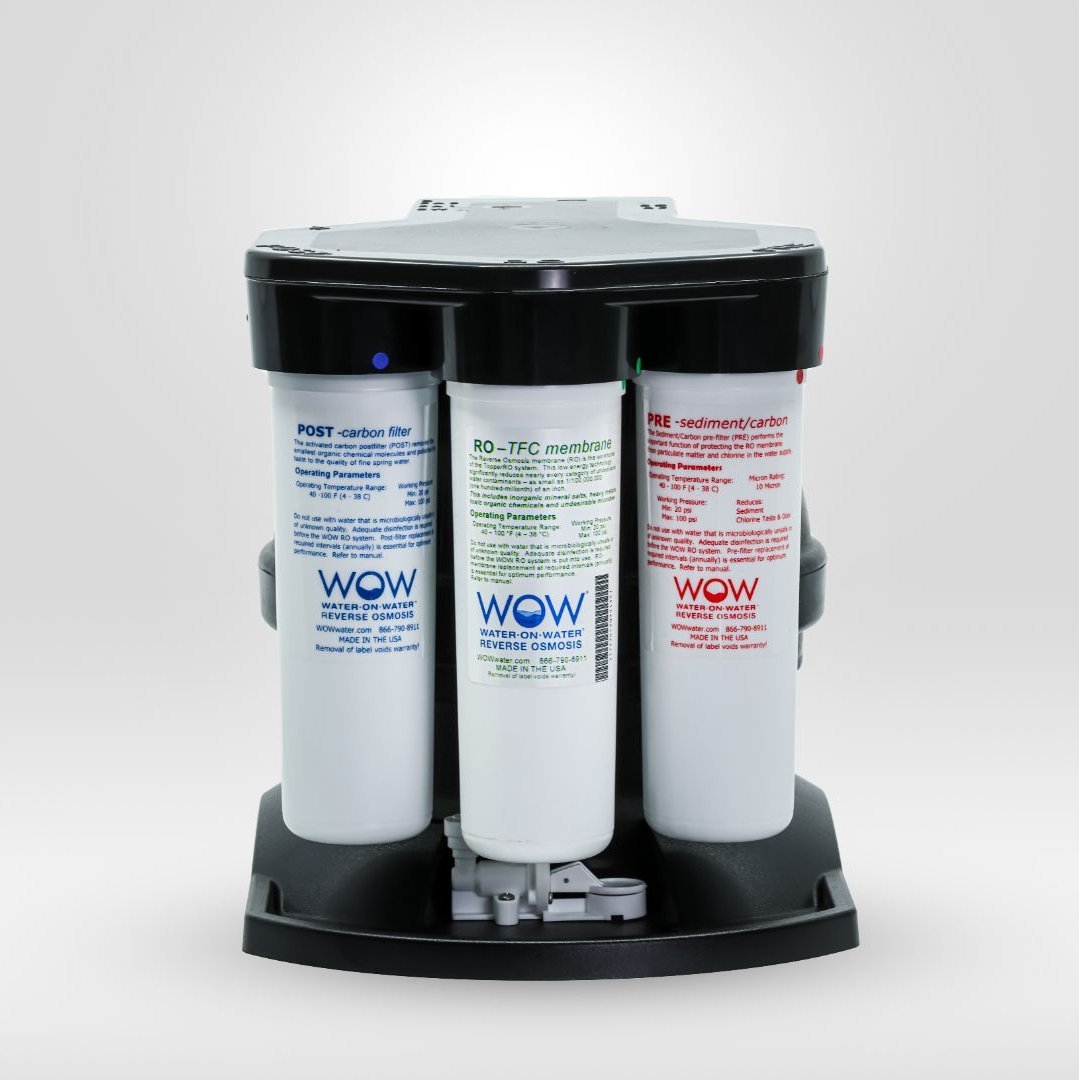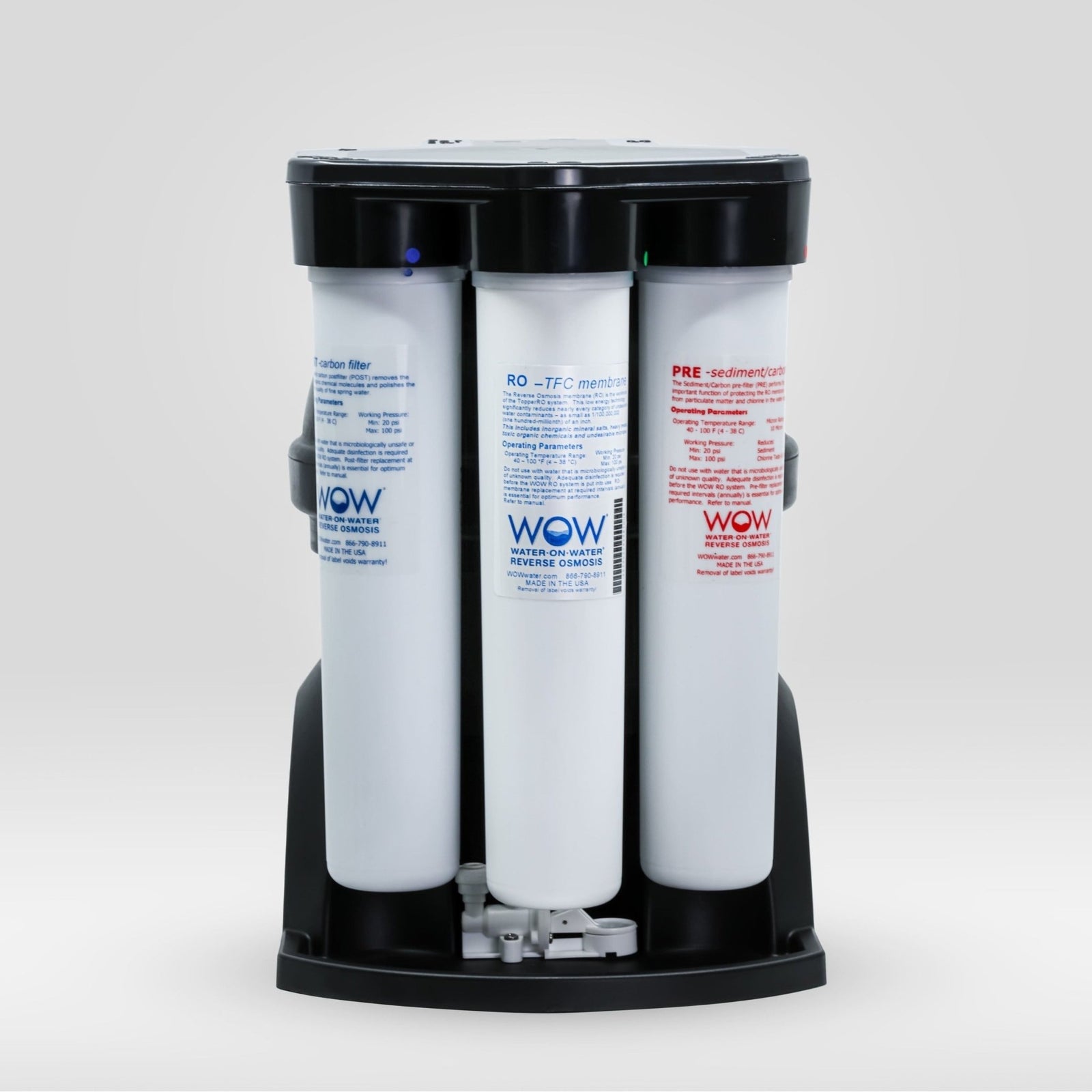Boiled tap water is safer than unboiled water because it kills bacteria and viruses , but it does not remove chemical contaminants such as heavy metals, pharmaceutical residues, or PFAS. For families with infants, the elderly, or people with weakened immune systems, boiling does not offer sufficient protection. A water filtration system with reverse osmosis technology removes up to 99% of all contaminants and provides the most complete purification for safe drinking water.
Why do people doubt the safety of boiled tap water?
Doubts about boiled tap water are growing as more people become aware of the limitations of this traditional purification method. Although Dutch tap water meets strict quality standards, it still contains substances that aren't removed by boiling. Many families have used boiling water for generations as a safety measure, especially for babies, but modern insights show that this method is now inadequate.
The biggest misconception is that boiling removes all contaminants from water. This is simply not true. While boiling kills microorganisms, it leaves chemicals like pharmaceutical residues , hormones, pesticides, and heavy metals completely intact. In fact, evaporation during boiling can actually increase the concentrations of these substances.
Concerns are particularly high among young parents who want the best for their children. They are discovering that even boiled water may contain harmful substances that can affect their baby's development. This awareness is leading to a growing demand for more effective water purification methods for the whole family.
What does boiling remove from tap water and what doesn't it?
Boiling is effective against biological contaminants but fails completely against chemicals. Boiling water for at least one minute at 100°C kills most bacteria, viruses, and parasites. This makes the water microbiologically safer, which was especially important in times without modern water infrastructure.
What cooking does remove:
- Bacteria such as E. coli and Salmonella
- Viruses including hepatitis A
- Parasites such as Giardia and Cryptosporidium
- Some volatile organic compounds (by evaporation)
What cooking doesn't remove:
- Heavy metals (lead, mercury, cadmium)
- Drug residues and hormones
- PFAS (poly- and perfluoroalkyl substances)
- Pesticides and herbicides
- Nitrates and nitrates
- Microplastics
- Minerals and salts
The limitations of boiling become clear when we consider modern contaminants. Drug residues from antibiotics, antidepressants, and hormones from birth control pills enter the environment via wastewater. Water treatment plants cannot completely remove these substances, resulting in low concentrations in our tap water. Boiling has no effect on this.
When is boiled tap water insufficient for babies and vulnerable family members?
Boiled water is often not safe for babies under six months, especially when the tap water contains elevated nitrate concentrations. Nitrate can lead to methemoglobinemia in babies, a condition in which the blood cannot carry enough oxygen. Boiling does not remove nitrate and can even increase its concentration through water evaporation.
Vulnerable groups that need extra protection:
- Babies and toddlers : Their developing organs are more sensitive to chemicals
- Pregnant women : Certain substances may affect the fetus
- Elderly : Decreased kidney function means slower excretion of toxins
- People with weakened immune systems : Chemotherapy patients, transplant patients
- People with chronic conditions : Kidney patients, liver patients
Specific situations where additional purification is necessary include preparing baby food, taking medications, and during recovery from illness. People sensitive to certain minerals or chemicals also benefit from more purified water than simply boiled tap water can provide.
How is reverse osmosis different from simply boiling water?
The difference between boiling and reverse osmosis is fundamental. While boiling only kills microorganisms through heat, reverse osmosis physically removes up to 99% of all contaminants by forcing pressurized water through a semi-permeable membrane. This membrane has pores so small that only water molecules can pass through.
| Aspect | Boil water | Reverse osmosis |
|---|---|---|
| Bacteria/viruses | Kill them | Removes them completely |
| Chemicals | No effect | Up to 99% removed |
| Heavy metals | Stay behind | Effectively removed |
| PFAS | No removal | Proven effective |
| Energy consumption | High (gas/electricity) | None (water pressure) |
| Ease of use | Cooking again and again | Straight from the tap |
| Taste | Often flat due to loss of oxygen | Fresh and clean |
For everyday use, reverse osmosis offers overwhelming advantages. The water is instantly available without waiting time, energy consumption, or cooling. Modern home water filter systems operate entirely on water pressure, so they don't use electricity and provide purified water consistently.
Which additional purification methods make tap water truly safe?
Modern water purification technologies go far beyond simply boiling water. The most effective methods combine various filtration techniques to remove a broad spectrum of contaminants. Each technology has its own strengths and limitations.
Activated carbon filtration is effective for removing chlorine and organic chemicals, and improving taste and odor. However, it does not remove minerals, salts, or most heavy metals. These filters are often used as a pre-filter in more extensive systems.
UV disinfection kills microorganisms by damaging their DNA with ultraviolet light. It is highly effective against bacteria and viruses but does not remove chemical contaminants. UV systems work best when combined with other filtration techniques.
Reverse osmosis remains the gold standard for complete water purification. Certified systems according to NSF/ANSI 58 standards guarantee the removal of a wide range of contaminants. Modern systems combine multiple filtration stages: sediment filters for coarse particles, carbon filters for chlorine and organics, the RO membrane for the main purification, and remineralization filters that add back healthy minerals.
When choosing a purification method, certification is crucial. Look for systems with recognized certifications such as IAPMO or NSF, which have been independently tested for performance.
How do you determine the best water purification solution for your family?
The first step is to evaluate your current water quality. A TDS (Total Dissolved Solids) meter provides insight into the amount of dissolved solids in your water. Values above 300 ppm indicate elevated concentrations of minerals or other substances. Also watch for signs such as limescale, unusual tastes or odors, or cloudy water.
Practical steps for choosing a system:
- Test your water with a TDS meter or have a water analysis performed
- Identify specific concerns (babies, health complaints, taste problems)
- Determine your daily water needs (average family: 8-10 liters per day)
- Consider the available space under your countertop
- Compare certifications and performance of different systems
Signs that additional purification is needed:
- Unpleasant taste or odor of the water
- Visible limescale on appliances
- Family members with health problems or sensitivities
- Living in an area with known water quality problems
- Babies or pregnant women in the household
For most families, a complete reverse osmosis system offers the best protection. These systems not only remove bacteria and viruses, just like boiling does, but also all the chemical contaminants that would otherwise remain in your drinking water. With certified systems, you're assured of safe, pure water for the whole family, straight from the tap.
